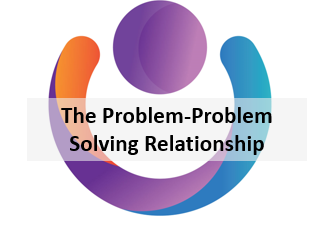Module Overview
In this module we are going to examine the relationship between student thinking and problem solving. Throughout the course we are going to look at different types of student thinking needed to solve problems, the different levels of cognitive demand needed to solve different types of problems, and how to distinguish between cognitive demand and cognitive rigor and begin to apply what we have learned to our classroom practice.
Learning Objectives
Objective 1: Participants will be able to describe the types of thinking and behaviors necessary for and developed through solving mathematics problems.
Objective 2: Participants will be able to align mathematics tasks to desired student thinking.
Objective 3: Participants will be able to explain inequalities of access to and opportunities for advanced learning in mathematics based on students' status of language learning, disability, culture, and race due to biases in expectations.
Objective 4: Participants will be able to set, support, and maintain high, respectful, limitless expectations that allow students to highlight their assets in mathematics learning opportunities.
Objective 5: Participants will be able to identify the cognitive demand of individual mathematics tasks and be able to employ specific strategies for supporting English Language Learners and scaffolds, accommodations, and modifications to allow all students to engage with cognitively demanding tasks in a way that supports success.
Objective 6: Participants will be able to define a cognitive rigor and evaluate the level of cognitive rigor of mathematics tasks.
Objective 7: Participants will be able to create a learning space in which all students are ready for cognitive rigor.
Objective 8: Participants will be able to modify problems in such a way that provides equitable access while maintaining the intended level of cognitive rigor.
Impact on Classroom Practice and Student Learning
By the end of this module participants should be able to:
provide students with mathematics tasks that are aligned to specific types and levels of student thinking; and
teach using cognitively demanding and cognitively rigorous tasks.

